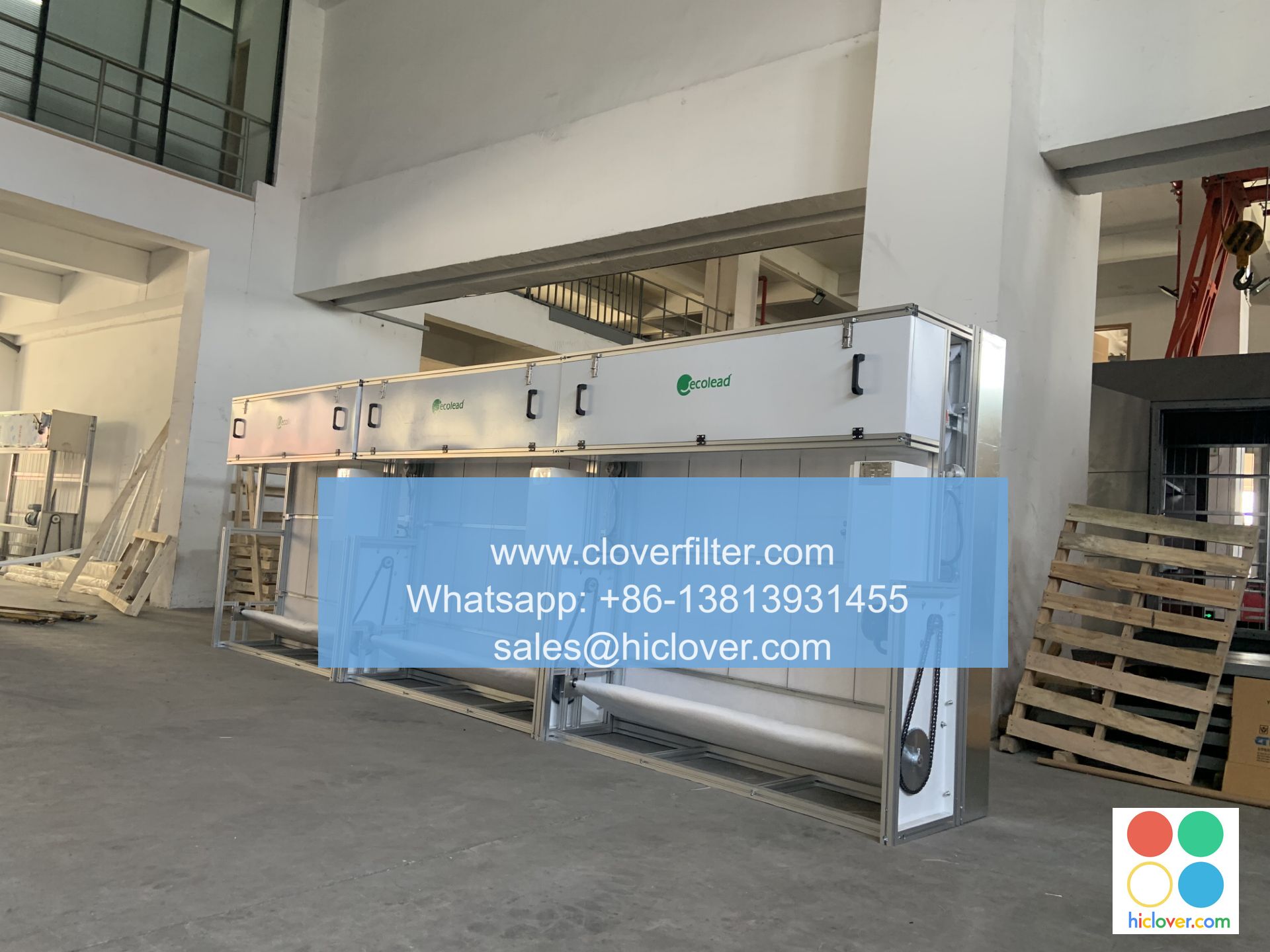The Science Behind How High-Performance Air Filters Remove Particles

The Science Behind How High-Performance Air Filters Remove Particles
Introduction
High-performance air filters are designed to capture even the smallest particles, including dust, pollen, and other airborne contaminants, to improve indoor air quality and protect equipment and people from damage. But have you ever wondered how these filters work their magic? In this article, we’ll delve into the science behind high-performance air filters and explore their applications in various industries.
The Filter’s Structure
High-performance air filters typically consist of a combination of materials, including:
- Fibers: Made from synthetic or natural materials, fibers are the primary component of the filter. They are designed to capture particles through a process called interception.
- Membranes: Thin, porous membranes are often added to the filter to capture smaller particles and improve airflow.
- Adhesives: Adhesives are used to bond the fibers and membranes together, ensuring a secure and efficient filtration process.
- Interception: Large particles, such as dust and pollen, are captured by the fibers through a process called interception. The fibers’ surface area and depth are designed to maximize particle capture.
- Impaction: Smaller particles, such as smoke and fumes, are captured through impaction, where the particles collide with the fibers and become trapped.
- Diffusion: The smallest particles, such as viruses and bacteria, are captured through diffusion, where they are attracted to the fibers and become trapped.
- HVAC: High-performance air filters are used in heating, ventilation, and air conditioning systems to improve indoor air quality and reduce energy consumption.
- Industrial Process: Filters are used to capture particles and contaminants in industrial processes, such as manufacturing and processing.
- Medical: High-performance air filters are used in medical settings, such as hospitals and clinics, to reduce the risk of infection and improve patient care.
- Automotive: Filters are used in vehicles to capture particles and contaminants, improving engine performance and reducing emissions.
- Improved Indoor Air Quality: By capturing particles and contaminants, high-performance air filters improve indoor air quality, reducing the risk of respiratory problems and other health issues.
- Increased Equipment Lifespan: By reducing the amount of particles and contaminants that enter equipment, high-performance air filters can increase equipment lifespan and reduce maintenance costs.
- Energy Efficiency: High-performance air filters can improve energy efficiency by reducing the amount of energy required to heat and cool buildings.
The Filtration Process
When air passes through a high-performance air filter, the following process occurs:
Applications
High-performance air filters are used in a variety of industries, including:
Key Benefits
High-performance air filters offer several key benefits, including:
Conclusion
High-performance air filters are designed to capture even the smallest particles, improving indoor air quality and protecting equipment and people from damage. By understanding the science behind these filters, we can appreciate the importance of using high-quality filters in various industries. Whether you’re looking to improve indoor air quality, increase equipment lifespan, or reduce energy consumption, high-performance air filters are an essential component of any filtration system.
I’m happy to help! What would you like to talk about or ask?


